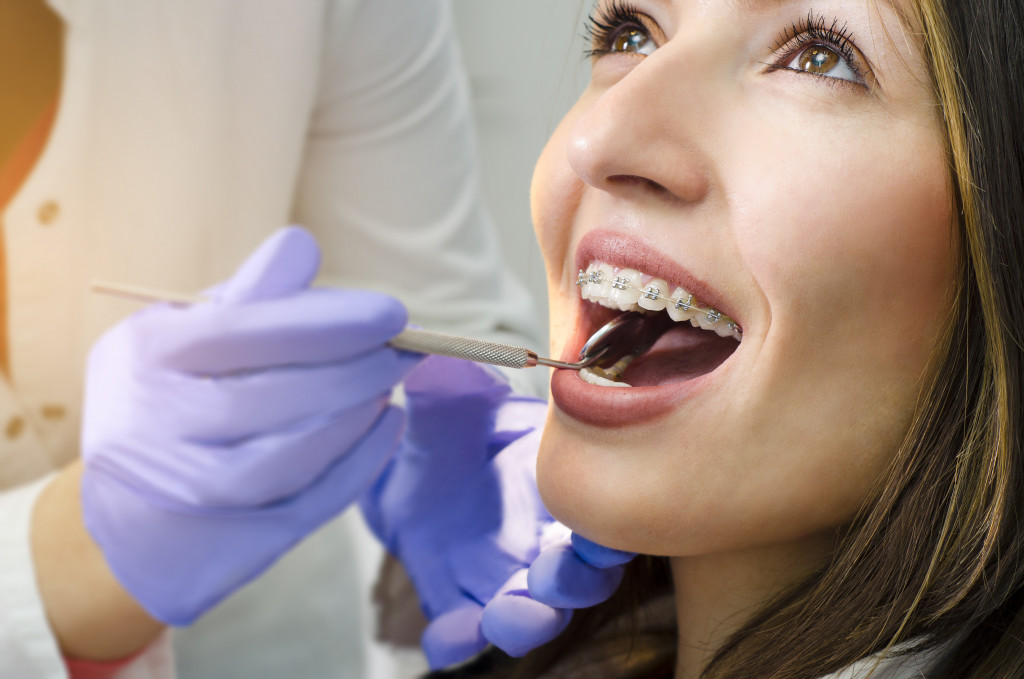In the digital age, blogging has emerged as a potent marketing tool for various industries, including dentistry. Dental websites can leverage this platform to engage with their audience, provide valuable information, and ultimately, drive more traffic to their site. However, like any tool, blogging must be used correctly to reap its benefits. This article will delve into the dos and don’ts of blogging for dental websites, offering insights into how to create engaging, SEO-optimised content that resonates with your audience. Whether you’re a seasoned blogger or just starting, these tips will help you navigate the blogging landscape effectively. Remember, the goal is not just to attract visitors but to turn them into loyal patients.
Understanding the Power of Blogging for Dental Websites

Blogging is more than just sharing thoughts or experiences; it’s a strategic tool that can significantly enhance the online presence of dental websites. By regularly publishing relevant, high-quality content, dental practices can establish themselves as a reliable source of information. This not only builds trust with potential patients but also improves the website’s visibility on search engines. Moreover, blogs provide an opportunity to engage with readers through comments and discussions, fostering a sense of community. They can also be shared across social media platforms, further expanding your reach. However, it’s crucial to understand that successful blogging requires commitment and a clear understanding of your audience’s needs and interests.
The Dos of Blogging for Dental Websites
When it comes to blogging for dental websites, there are several best practices to follow. Firstly, ensure your content is relevant and valuable to your audience. This could include tips on oral hygiene, explanations of dental procedures, or insights into the latest dental technology. Secondly, consistency is key. Regularly updating your blog not only keeps your audience engaged but also signals to search engines that your site is active, improving your SEO ranking. Thirdly, make your content easy to read. Break up text with subheadings, bullet points, and images to enhance readability. Lastly, don’t forget to include a call-to-action (CTA) at the end of your posts, encouraging readers to book an appointment, sign up for a newsletter, or share your blog on social media.
The Don’ts of Blogging for Dental Websites
While blogging offers numerous benefits, certain pitfalls should be avoided. Avoid using overly technical language that may confuse readers. Instead, aim for a conversational tone that’s easy to understand. Don’t neglect SEO. Incorporating relevant keywords, such as ‘dental websites’, can improve your search engine ranking and increase your visibility. However, avoid keyword stuffing as it can lead to penalties from search engines. Also, refrain from making unsubstantiated claims or providing misleading information. Not only can this damage your reputation, but it can also lead to legal issues. Lastly, don’t ignore feedback. Comments and discussions can provide valuable insights into your audience’s needs and preferences, helping you create more effective content.
How to Create Engaging Content for Dental Websites
Creating engaging content for dental websites involves a blend of creativity, knowledge, and strategy. Start by understanding your audience. What are their concerns? What information are they seeking? Use this insight to craft content that addresses their needs. Incorporate storytelling to make your posts more relatable and engaging. Use visuals, such as infographics and videos, to break up text and enhance understanding. Remember, quality trumps quantity. It’s better to publish one well-researched, high-quality post per week than several mediocre ones. Lastly, keep abreast of the latest trends and developments in dentistry. By providing up-to-date information, you position your website as a go-to resource for dental information, thereby attracting more visitors and potential patients.
The Role of SEO in Dental Website Blogs
Search Engine Optimisation (SEO) plays a pivotal role in the success of dental website blogs. It involves using strategies to improve a website’s visibility on search engine results pages. By incorporating relevant keywords, such as ‘dental websites’, into your blog posts, you increase the chances of your site appearing in search results when users look for these terms. This can significantly boost your website traffic. Additionally, SEO involves creating high-quality, engaging content that provides value to readers. Search engines favour sites that offer valuable content and penalise those that use manipulative tactics, like keyword stuffing. Therefore, a well-executed SEO strategy can enhance your online presence, attract more visitors to your site, and ultimately, increase your patient base.
Measuring the Success of Your Dental Website Blog

Assessing the success of your dental website blog is crucial to refining your strategy and maximising your return on investment. Key performance indicators (KPIs) such as website traffic, bounce rate, time spent on page, and social shares can provide valuable insights into your blog’s performance. For instance, an increase in website traffic or a decrease in bounce rate could indicate that your content is resonating with your audience. Additionally, tools like Google Analytics can help track these metrics and provide a comprehensive overview of your blog’s performance. Remember, success doesn’t happen overnight. It takes time, patience, and consistent effort to see results. However, by monitoring your KPIs and adjusting your strategy accordingly, you can create a successful blog that enhances your dental website’s visibility and attracts more patients.
Conclusion: The Impact of Blogging on Dental Websites
In conclusion, blogging can have a profound impact on dental websites. It serves as a powerful marketing tool, enabling dental practices to engage with their audience, provide valuable information, and enhance their online presence. By adhering to the dos and avoiding the don’ts, dental websites can leverage blogging to drive more traffic to their site, improve their SEO ranking, and ultimately, attract more patients. However, it’s important to remember that successful blogging requires a strategic approach, a deep understanding of your audience, and a commitment to providing high-quality, relevant content. With patience and consistent effort, blogging can significantly boost your dental website’s performance and contribute to your practice’s success.

